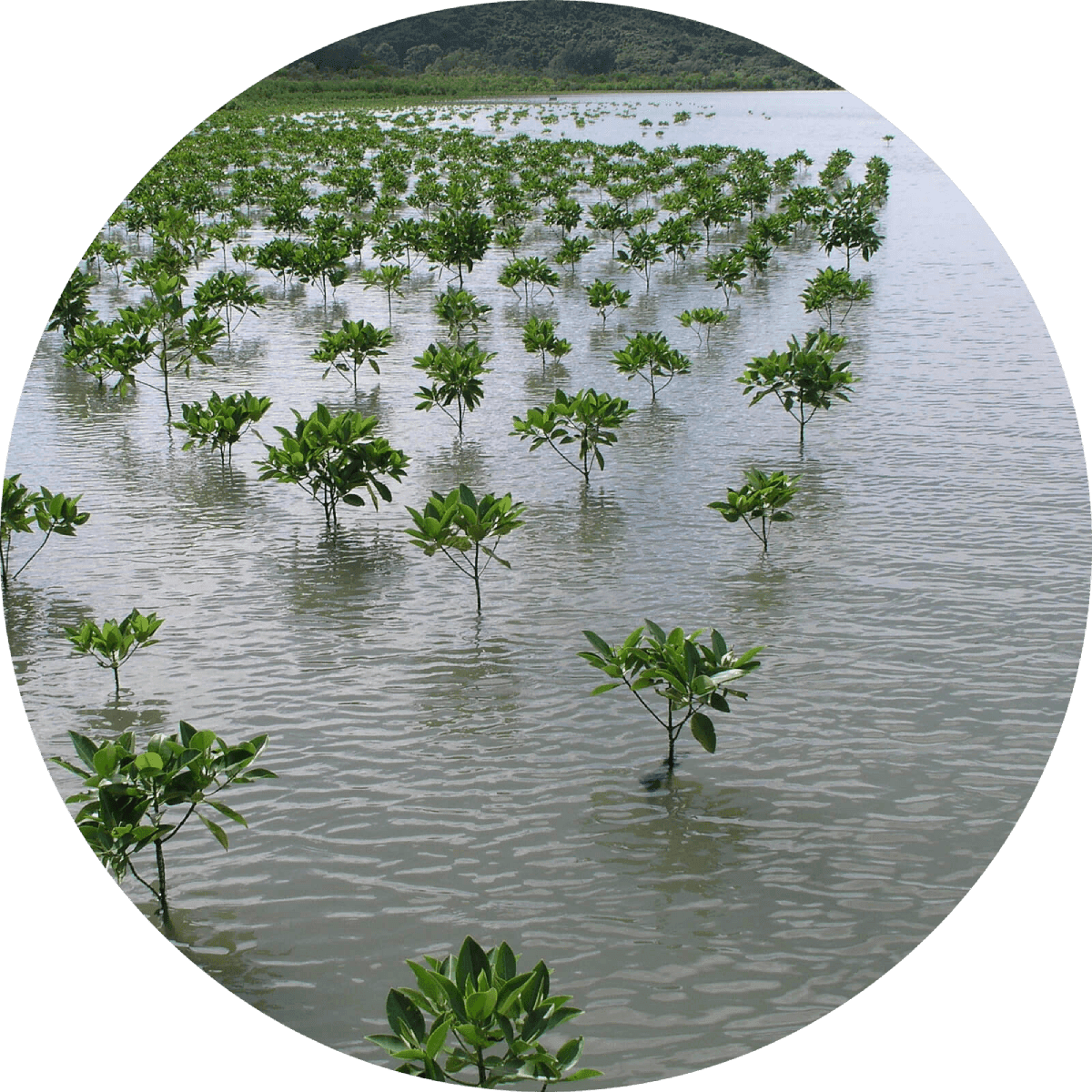BIRDS: 24 species are threatened
FISH: 3 species are endangered
MAMMALS: 4 species are extinct and 1 is endangered
REPTILES & AMPHIBIANS: 13 reptile species are endangered
INVASIVE SPECIES: 6 invasive and non-native species
Most Pressing Issues
Water Extraction
Modern methods of water diversion have put excessive strain on the river in order to supply water for the 450 million people who live in the basin.
Climate Change
The Gangotri glacier, which provides up to 70% of the water of the Ganges during the dry summer months, is shrinking at a rate of 40 yards a year, nearly twice as fast as two decades ago.
Overpopulation
The Ganga basin is one of the most populous regions on Earth and as a result, there is strong demand and competition for natural resources
Pollution
Annually 260 million liters of industrial wastewater, largely untreated, is discharged into the river and more than 6 million tonnes of chemical fertilizers and 9,000 tonnes of pesticides are used within the basin
Dams
The flow of the Ganges is obstructed by dams constructed for power and irrigation. Dams interrupt ecosystems and disturb seasonal water flows.
How You Can Help
National Ganga River Rights Movement
The National Ganga River Rights Movement is a coalition of concerned citizens and organizations taking a stand on behalf of the Ganga River and its tributaries.
Learn More about National Ganga River Rights MovementGanga Action Parivar
Ganga Action Parivar is a global family of professionals, engineers, scientists, activists, spiritual leaders, environ- mental specialists and sevaks (volunteers) dedicated to the preservation of the River Ganga and her tributaries.
Learn More about Ganga Action ParivarSankat Mochan Foundation
The vision of Sankat Mochan Foundation is to restore the Ganges by alleviating its fast deteriorating environmental conditions and maintain the cultural traditions of Varanasi with current environmental needs.
Learn More about Sankat Mochan FoundationGanga Mahasabha
Started in 1905 to protest against British colonial policy towards the Hindu sacred river, Ganga Mahasabha works to ensure the water quality of the river for religious rituals.
Learn More about Ganga Mahasabha




